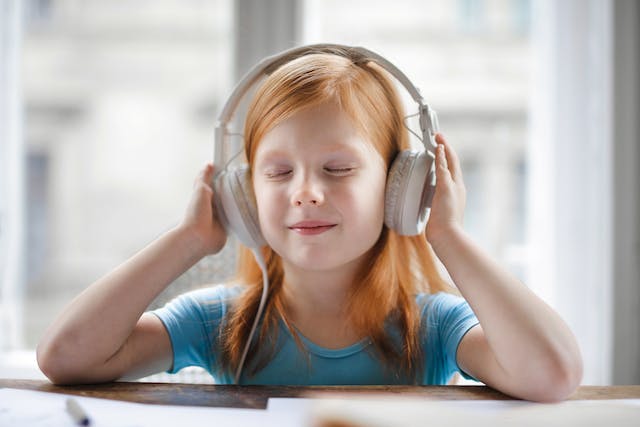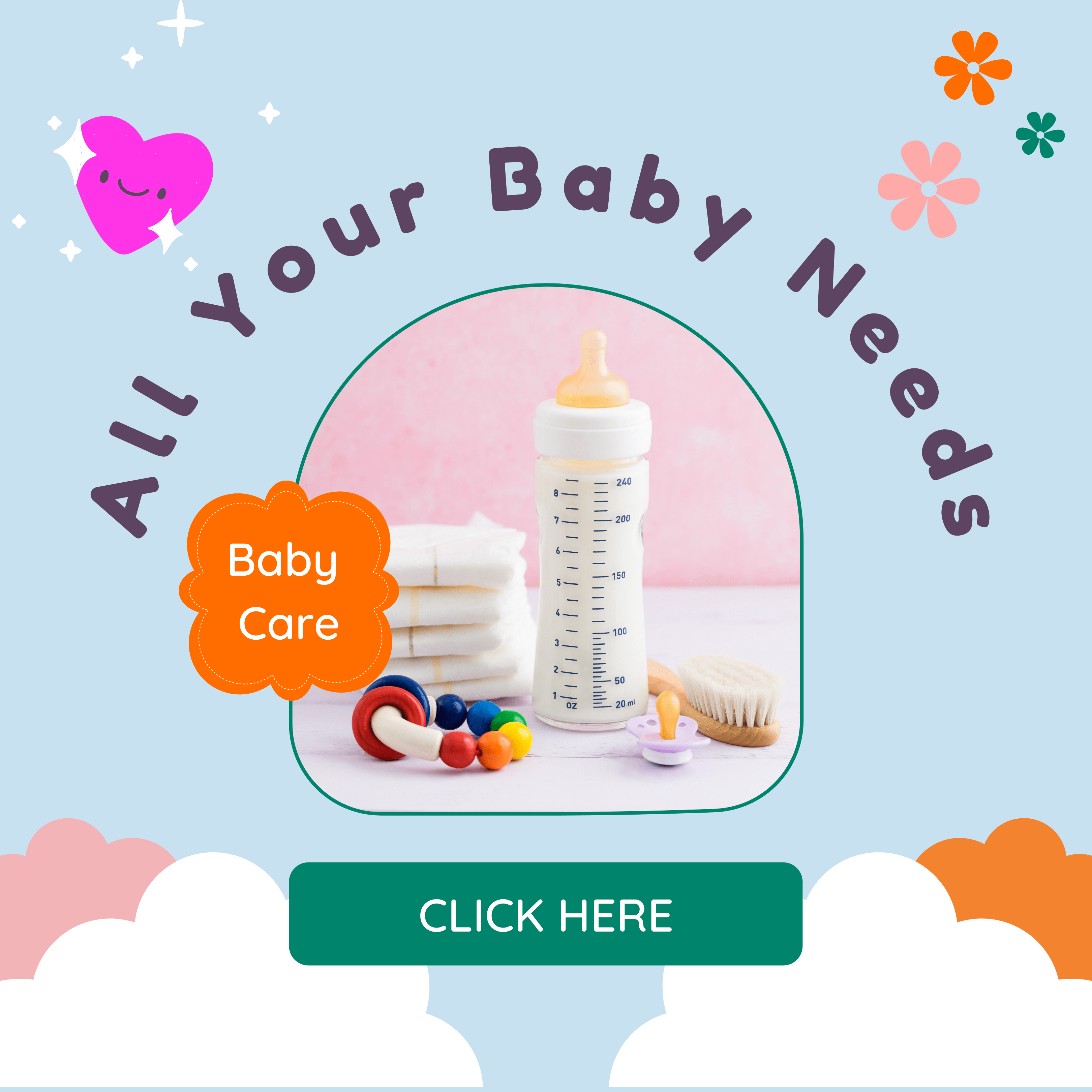Headphones have become a common accessory in our digital age, allowing us to enjoy music, videos, and other forms of media privately. While headphones can provide a convenient and immersive audio experience, many parents have concerns about their safety, particularly when it comes to children. In this blog post, we will explore the topic of whether headphones are really safe for kids and provide insights to help parents make informed decisions.
1. Volume Levels
One of the main concerns with headphones is the potential for high volume levels that can damage a child’s hearing. Prolonged exposure to loud sounds can lead to hearing loss or other auditory issues. It is crucial for parents to ensure that their children are using headphones with volume limitations or built-in volume controls. These features can help prevent the volume from reaching unsafe levels and protect their delicate ears.
2. Duration of Use
Another aspect to consider is the duration of headphone use. Extended periods of wearing headphones can increase the risk of hearing damage. It is important for parents to encourage breaks and limit the overall duration of headphone use. Additionally, monitoring the types of content children are exposed to while wearing headphones can also contribute to their overall safety.
Recommended reading: Should Your Child Have a Social Media Account?
Recommended reading: At What Age Should You Give Your Child Privacy?
3. Fit and Comfort
Choosing the right headphones that fit well and provide comfort is essential. Ill-fitting or uncomfortable headphones may cause discomfort or pressure on the ears, leading to potential earaches or headaches. Parents should consider headphones designed specifically for children, with adjustable features to accommodate their smaller head size and ensure a comfortable fit.
4. Supervision and Content Selection
Parents should supervise their children’s headphone usage, especially for younger children. It is important to ensure that they are using age-appropriate content and not exposing themselves to potentially harmful or inappropriate materials. Regularly checking on their activities and discussing online safety is crucial to protect their overall well-being.
5. Alternative Listening Options
Parents may also explore alternative listening options that are considered safer than traditional headphones. For example, using speakers or bone conduction headphones, which bypass the eardrums and transmit sound through the bones of the skull, can be considered as alternatives that minimize the risks associated with traditional headphones.
Conclusion: Are Headphones Really Safe for Kids?
Ultimately, the safety of headphones for kids depends on various factors, including volume levels, duration of use, fit, and content selection. By being mindful of these factors and taking necessary precautions, parents can help ensure the safe usage of headphones for their children.
It is important for parents to educate their children about responsible headphone usage, including the importance of maintaining safe volume levels, taking breaks, and being aware of their own comfort. Open communication between parents and children regarding the potential risks and setting clear guidelines can help establish healthy habits and ensure the safety of children when using headphones.
In conclusion, while headphones can provide an enjoyable and convenient audio experience for kids, it is crucial for parents to prioritize their safety. By considering volume levels, duration of use, fit and comfort, content selection, and exploring alternative listening options, parents can make informed decisions and create a safe listening environment for their children.




